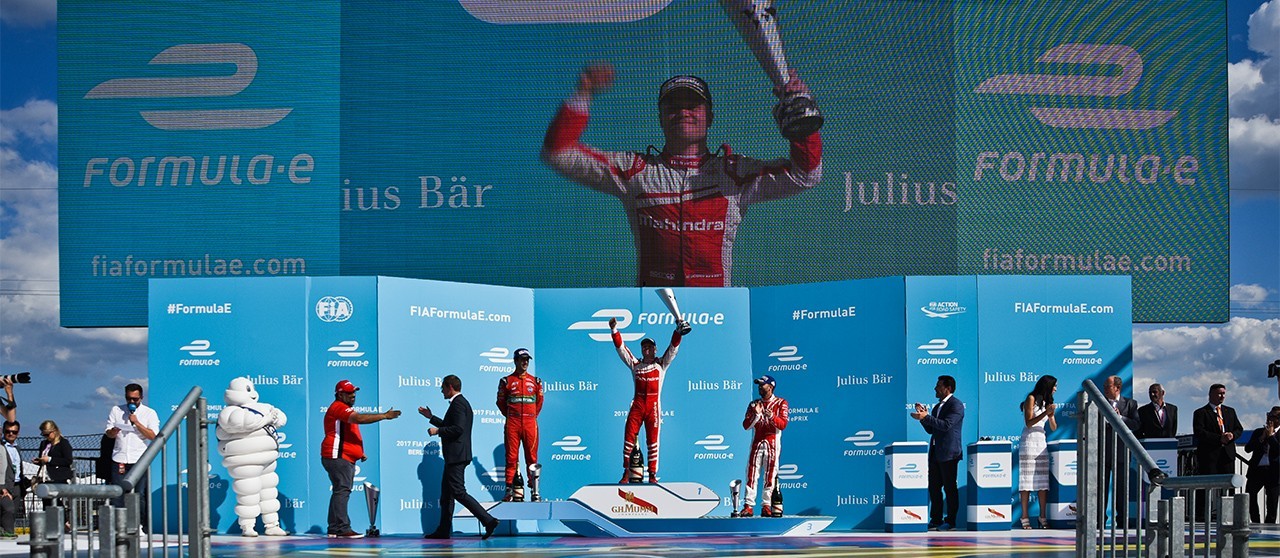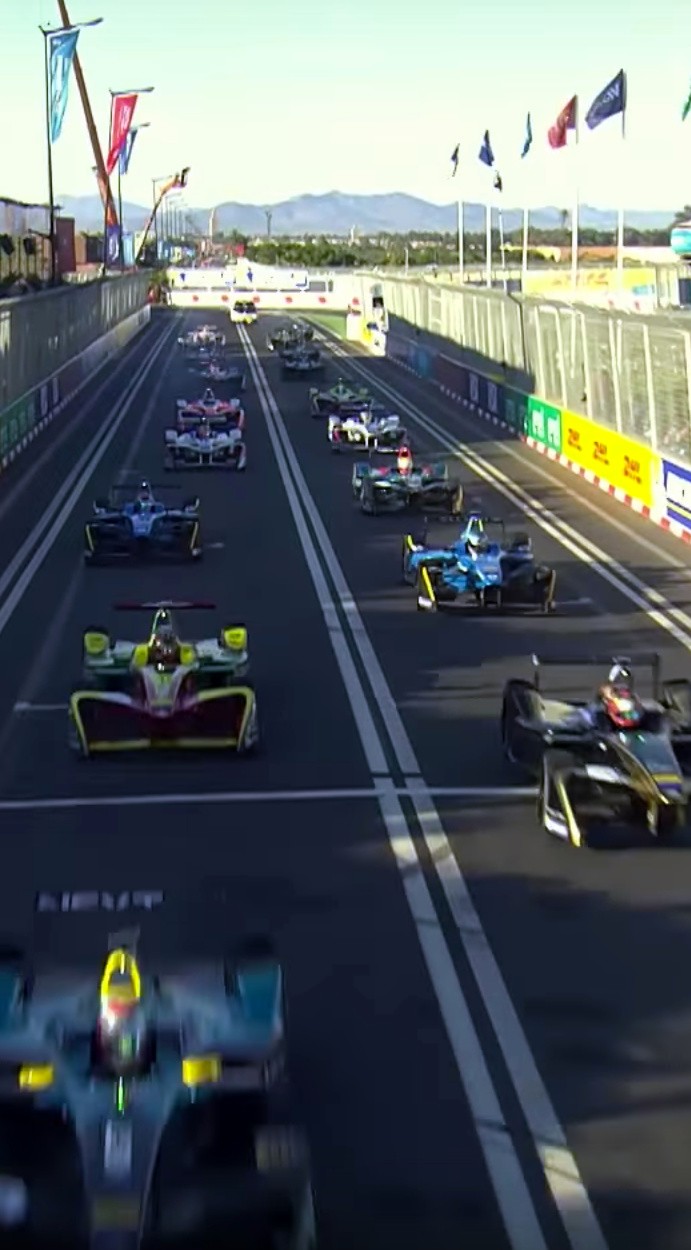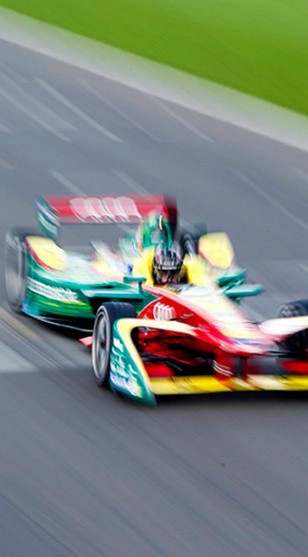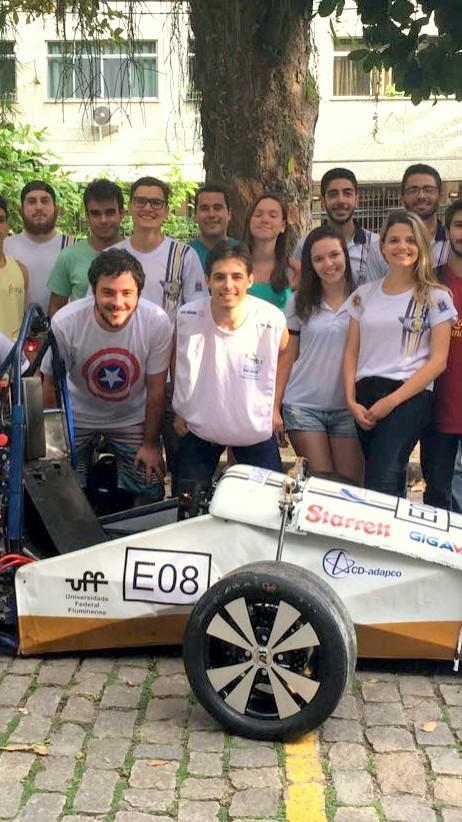“The speed at which these technologies are developing from race to race is impressive, significantly reducing the amount of time needed to apply them on a large scale”
An example for everyone: the Formula E single-seater battery system that was developed over the last year, now allows a full recharge in just 45 minutes, against the 330 (average) minutes for the e-cars that are currently on the market. We are working with Formula E to make sure the energy increasingly comes from renewable sources, in order to turn the championship into a zero-emission event.
“Had we not accepted the challenge offered by Formula E, our e-mobility technologies would have required much more time to develop. Instead, today we can say that we are in Germany, one of the most important electric vehicle manufacturers, to demonstrate Enel's leadership in charging technologies”
And that’s not all: in addition to the revolutionary V2G concept, which integrates electric vehicles and energy grids into a single high efficiency system throughout the territory, the Italian multinational power company also presented its new bifacial solar panels at its stand, a system that is capable of generating 25% more energy than traditional panels.
For the record the two Berlin grand prix rounds were dominated by Mahindra, the Indian vehicle driven by Swedish Felix Rosenqvist, who also set the fastest lap at an average of 120.2 km/h. But that’s just the medium and what colour the vehicle that cut the finish line before all the others was matters to a certain point: what is far more important is that the message won.





